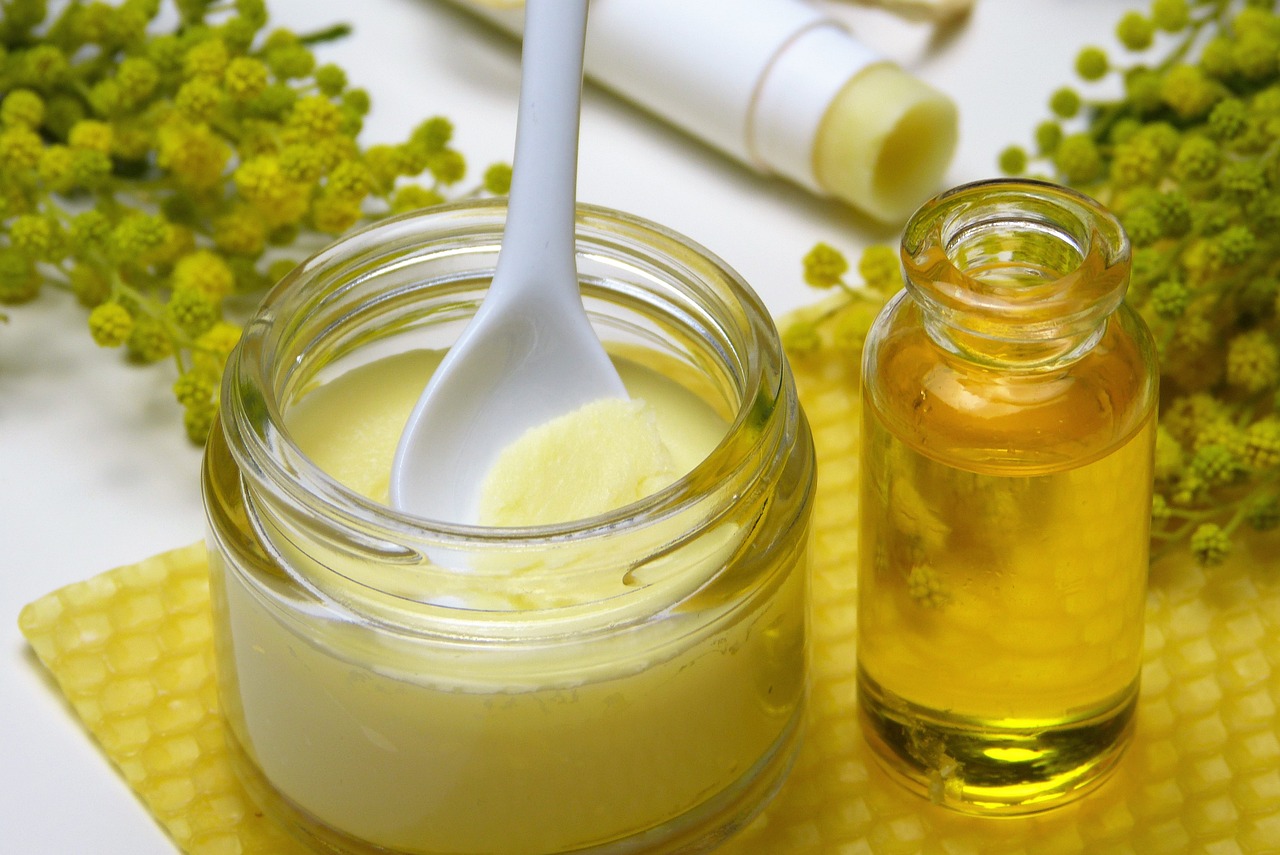
The Wonders of Shea Butter: Benefits, Uses, and How to Incorporate It into Your Routine
Shea butter has been a cherished ingredient in skincare for centuries, known for its rich, nourishing properties. Extracted from the nuts of the shea tree, which is native to West Africa, shea butter is a versatile and natural solution for a variety of skin concerns. Let’s explore the benefits, types, and ways to use shea butter to enhance your skincare routine.
- Benefits of Shea Butter
Shea butter is packed with essential nutrients that offer numerous benefits for the skin:
Deep Moisturization: Shea butter is rich in fatty acids like oleic, stearic, and linoleic acids, which deeply hydrate and nourish the skin1. It helps to lock in moisture, making it an excellent remedy for dry and flaky skin.
Anti-Inflammatory Properties: The plant esters in shea butter have been found to reduce inflammation, making it beneficial for soothing irritated skin and conditions like eczema1.
Antioxidant Protection: High levels of vitamins A and E in shea butter provide strong antioxidant activity, protecting the skin from free radicals and promoting a youthful appearance1.
Healing and Regenerative: Shea butter can aid in the healing of minor cuts, burns, and insect bites due to its anti-inflammatory and antimicrobial properties1.
Sun Protection: While not a substitute for sunscreen, shea butter offers some protection against UV radiation, helping to prevent sun damage2.
- Types of Shea Butter
Shea butter comes in various forms, each with its own unique properties:
Raw (Unrefined) Shea Butter: This is the purest form of shea butter, retaining all its natural vitamins and nutrients. It has a slightly nutty scent and a creamy texture.
Refined Shea Butter: This type has been processed to remove impurities and odor, resulting in a more neutral scent and smoother texture. However, some of the beneficial properties may be reduced during refining.
Ultra-Refined Shea Butter: This is the most processed form, often used in commercial skincare products. It has a very smooth texture and no scent, but it may lack some of the natural benefits of raw shea butter.
- How to Use Shea Butter
Incorporating shea butter into your skincare routine is easy and can be done in various ways:
As a Moisturizer: Apply a small amount of shea butter directly to your skin after showering to lock in moisture. It’s especially effective on dry areas like elbows, knees, and heels.
In DIY Skincare Recipes: Shea butter can be used as a base for homemade lotions, balms, and body butters. Combine it with other natural ingredients like coconut oil, essential oils, and beeswax for a customized skincare solution.
For Hair Care: Use shea butter as a deep conditioning treatment for dry or damaged hair. Apply it to your hair and scalp, leave it on for at least 30 minutes, then wash it out with shampoo.
As a Lip Balm: Shea butter is excellent for soothing and hydrating chapped lips. Apply a small amount directly to your lips or mix it with a bit of honey for added benefits.
For Massage: Warm a small amount of shea butter in your hands and use it for a relaxing and hydrating massage. Its smooth texture makes it perfect for easing muscle tension and moisturizing the skin.
- Choosing the Right Shea Butter
When selecting shea butter, consider the following tips:
Check the Ingredients: Look for products that list shea butter as one of the main ingredients. Avoid those with unnecessary additives or chemicals.
Opt for Unrefined: If possible, choose raw or unrefined shea butter to ensure you’re getting the maximum benefits.
Consider the Source: Shea butter sourced from West Africa is often of higher quality due to traditional extraction methods.
